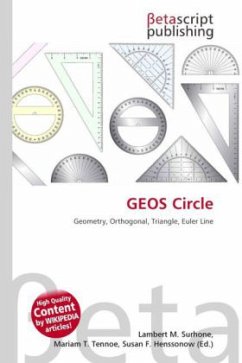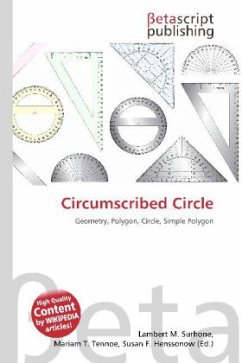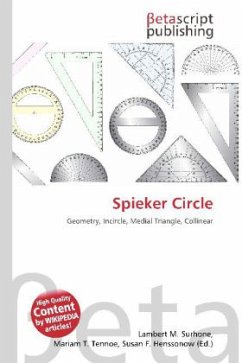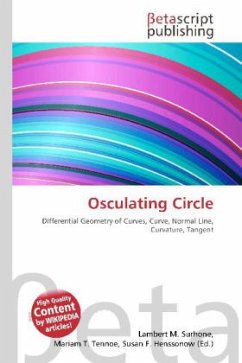Please note that the content of this book primarily consists of articles available from Wikipedia or other free sources online. In geometry, the GEOS circle is derived from the intersection of four lines that are associated with a generalized triangle: the Euler line, the Soddy line, the orthic axis and the Gergonne line. Note that the Euler line is orthogonal to the orthic axis and that the Soddy line is orthogonal to the Gergonne line. These four lines provide six points of intersection of which two points occur at line intersections that are orthogonal. Consequently the other four points form an orthocentric system. The GEOS circle is that circle centered at a point equidistant from X650 (the intersection of the orthic axis with the Gergonne line) and X20 (the intersection of the Euler line with the Soddy line and is known as the de Longchamps point) and passes through these points as well as the two points of orthogonal intersection.
Bitte wählen Sie Ihr Anliegen aus.
Rechnungen
Retourenschein anfordern
Bestellstatus
Storno








